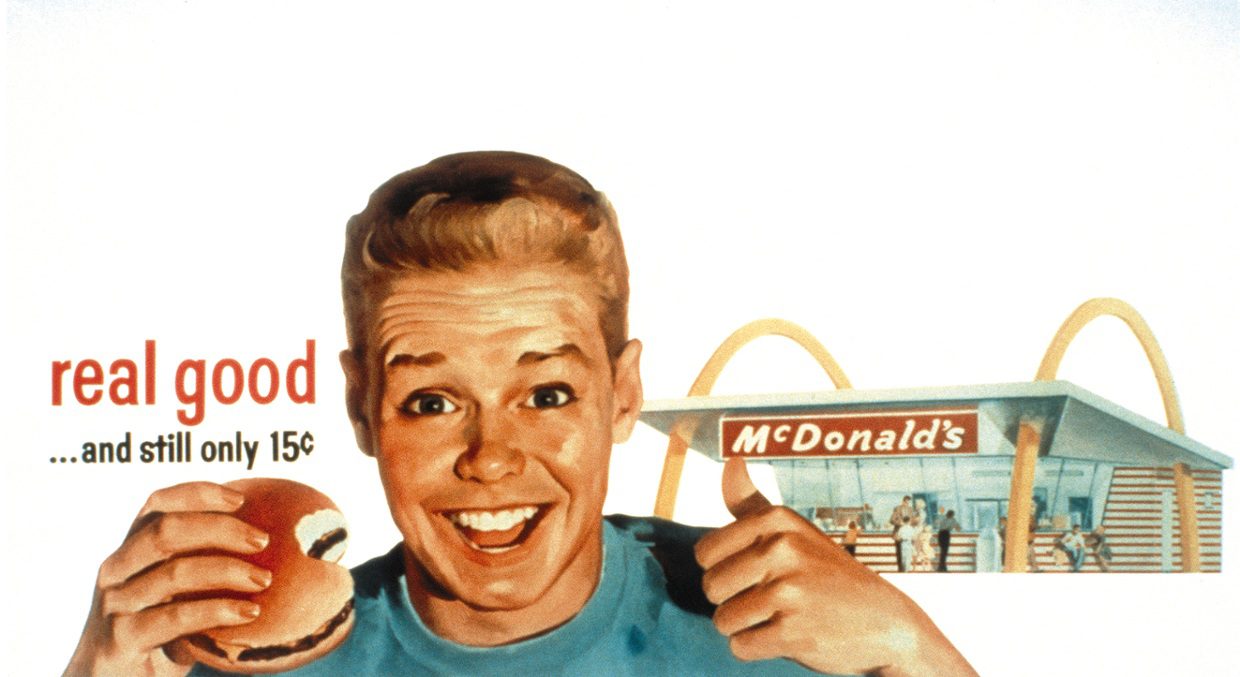
During this time, and even with mass production picking up, availability of products was still scarce, and manufacturers held the accurate belief that simply making the product would sell the product. Legend says Henry Ford illustrated this concept during the heyday of the Ford Motor Co. in the early 1900s, saying:
Any customer can have a car painted any color that he wants, so long as it is black.
Indeed, for a period of time Ford would produce only black cars, and consumers would purchase them since they were the only product available.
From the 1920s to the 1950s, The Sales Era reigned. With the productivity of manufacturing increasing, sellers found that there was a surplus of available products to sell to buyers, and tactics such as the sales pitch were adapted. The Great Depression of course contributed to this surplus of supply over demand during the 1930s. In later years as the economy recovered, the door-to-door salesman emerged alongside the need to sell consumers items that were based around convenience and recreation, but were not always necessities.
With the 1950s and 1960s came The Marketing Era, which represented a major shift in thought around how to successfully sell products to customers. During the previous era, companies had focused on figuring out how to find the right customer for the products they manufactured. However, the Marketing Era saw companies flipping their strategy and instead creating and tailoring products specifically to the consumer. This era is widely thought of as marking the beginnings of marketing as we know it today.
However, strategies have clearly continued to change drastically since over fifty years ago, and much of today’s marketing strategies would be unrecognizable to mid-century innovators. Stay tuned for a continuation of the history of marketing through the rest of the 20th century and current times.






